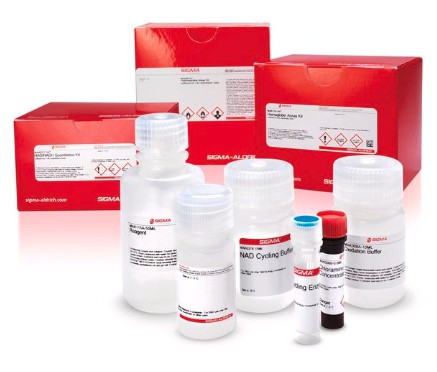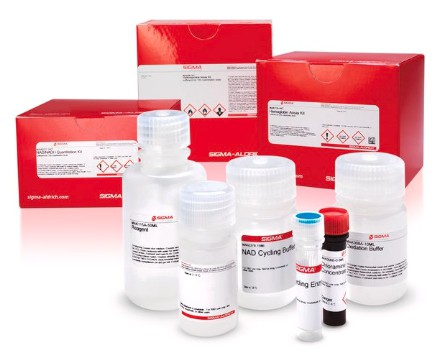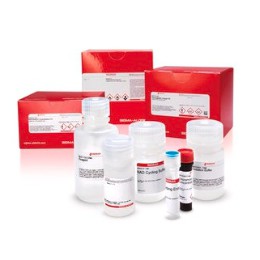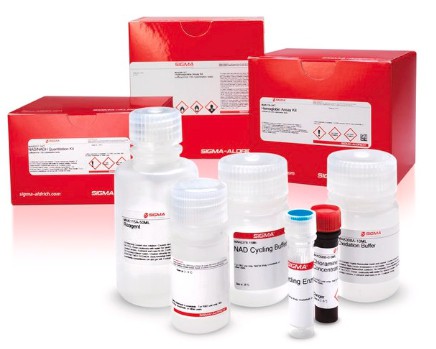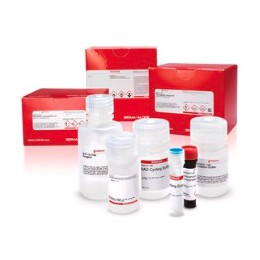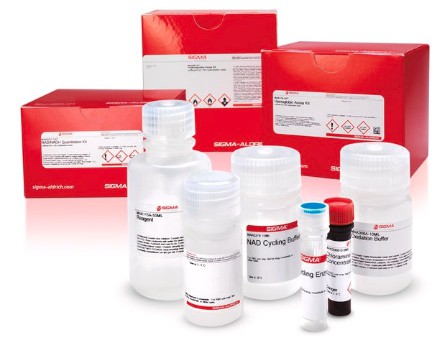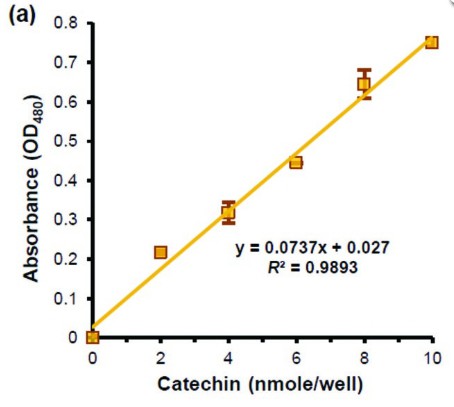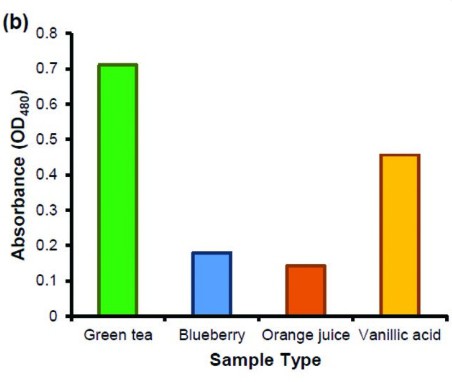
Phenolic Compounds Assay Kit (Colorimetric) sufficient
Phenolic compounds are phytochemical secondary metabolites found abundantly in dietary and medicinal plants, vegetables and fruits. Major types of phytochemical phenolic compounds include simple phenolic acids (such as gallic acid and vanillic acid), flavonoids (such as catechin), stilbenoids, lignans and various highly complex polyphenols (proanthocyanidins and tannins). These compounds play an important role in plant defense against ultraviolet radiation, serve as a deterrent to herbivores and also act as signaling molecules in ripening and other plant growth processes. Both simple phenolic acids and complex polyphenols are found in high concentrations in foods and beverages such as berries, vegetables, cereals, coffee, tea and wine. Phenolic compounds, being antioxidants, have been increasingly studied in dietary sources, due to their protective effects against cardiovascular diseases, cancer and neurodegenerative diseases. Studies have also shown dietary polyphenols to possess antimicrobial, anti-inflammatory and anti-allergic properties.
Compatible with high-throughput handling systems.
Suitable for the measurement of phenolic compounds in fruits, vegetables, beverages (e.g. tea, wine, coffee), food products, plant extracts and natural or herbal products.
The Phenolic Compounds Assay Kit provides a quick, sensitive and selective method for measuring the total amount of phenolic compounds in various biological samples. In this assay, phenolic compounds couple with diazonium salts under alkaline conditions to form a stable diazo chromophore, detectable by absorbance at 480 nm. Unlike the classical Folin-Ciocalteu protocol for measuring phenolic compounds, this assay is not affected by non-phenolic reducing substances such as sulfites, reducing sugars or ascorbic acid. The assay is high-throughput adaptable and can detect concentrations of phenolic compounds as low as 0.02 mM catechin equivalents (CEs) from a variety of plant and food-based samples.
